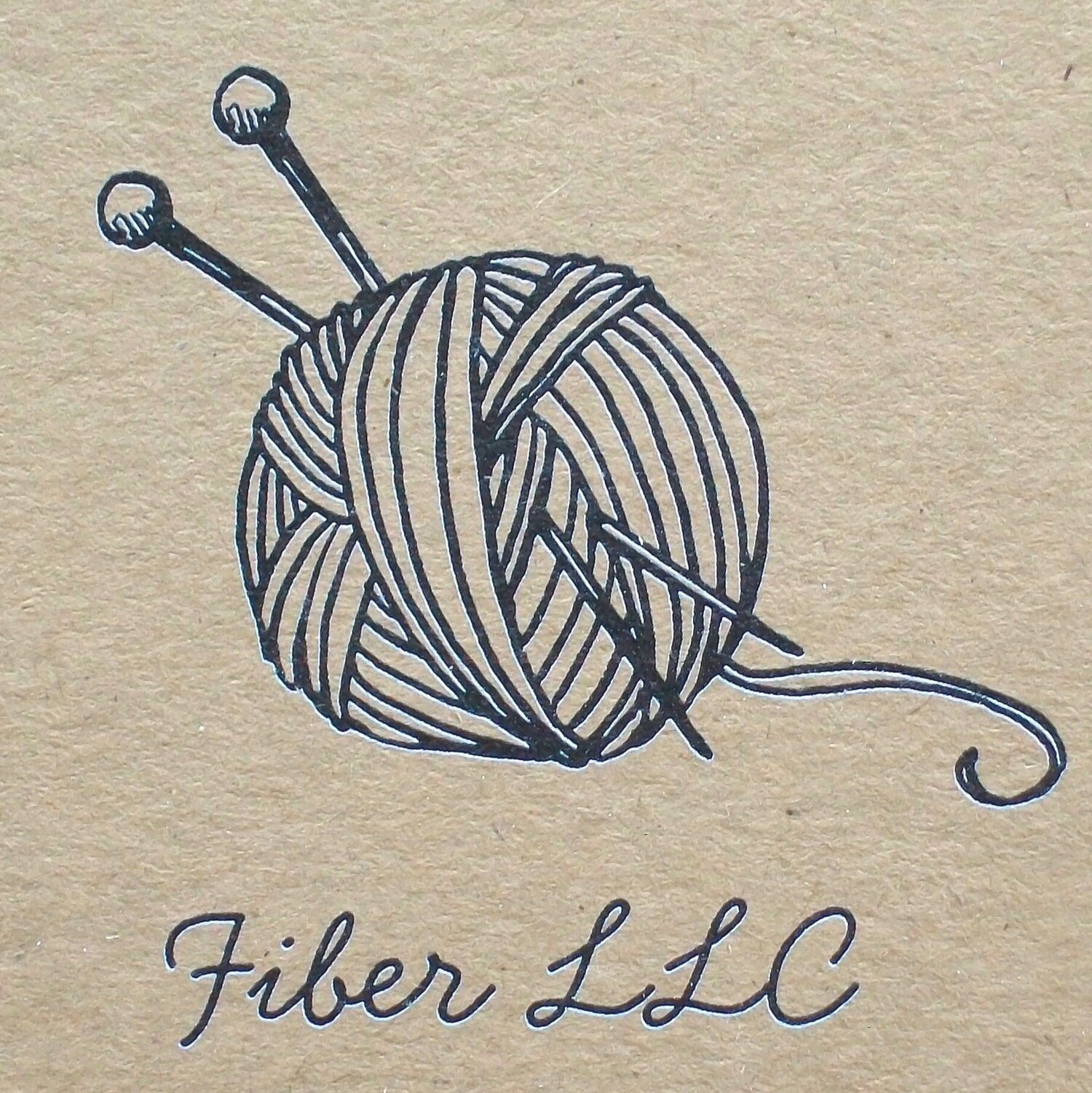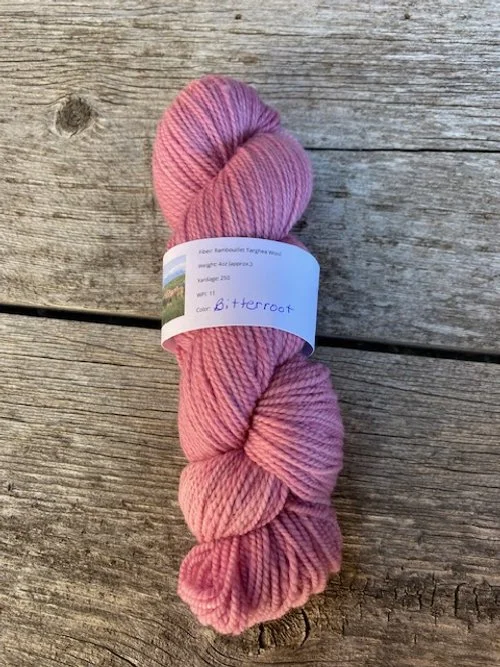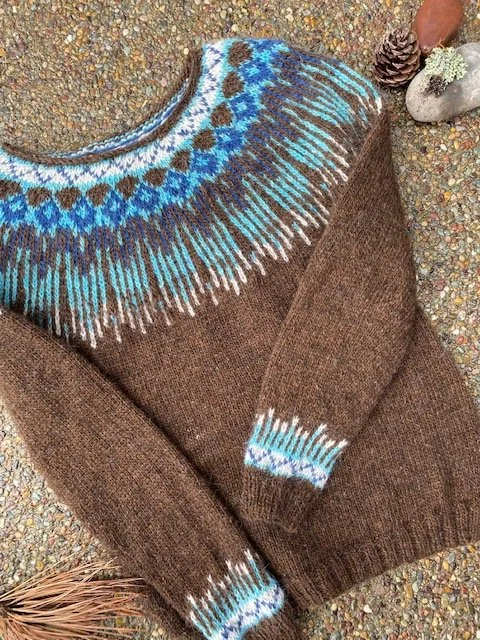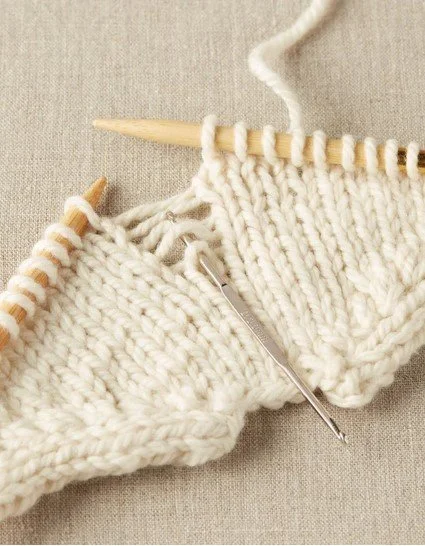The Timeless Art of Knitting: A Journey Through HistoryKnitting is more than just a craft—it's a thread that connects us to our past, offering warmth, creativity, and comfort across centuries. From ancient artifacts to modern yarn communities, the history of knitting is a fascinating tale of innovation, culture, and resilience. At FiberYarns.com, we're passionate about yarns and the stories they tell. Join us as we unravel the rich history of this beloved hobby!
Ancient Origins: From the Middle East to Europe. The true origins of knitting remain somewhat mysterious, but evidence points to the Middle East and North Africa around the 11th to 14th centuries AD. The earliest known knitted items are colorful cotton socks discovered in Egypt, featuring intricate designs and even separate toes for wearing with sandals.
Knitting likely evolved from nålbinding, an older single-needle technique. It spread to Europe via trade routes and Islamic influence, with skilled Muslim knitters creating luxurious items for Spanish Christian royals.The Medieval Era: Guilds and MasteryBy the 14th century, knitting had taken Europe by storm. Paintings from the era, like the "Knitting Madonnas," depict the Virgin Mary knitting, symbolizing the craft's growing cultural significance.
Knitting guilds, often exclusively male, emerged to regulate quality and training. Apprentices spent years mastering the craft, producing elaborate "masterworks" like patterned carpets to earn membership.The Industrial Revolution: Machines and Mass ProductionIn 1589, William Lee invented the stocking frame, the first knitting machine, revolutionizing production despite initial resistance.
The Industrial Revolution brought factories and mass-produced knitwear, shifting hand knitting from necessity to leisure.Knitting in the Modern World: Revival and CommunityDuring World Wars, knitting surged for soldiers' garments. Today, it's experiencing a vibrant revival—fueled by sustainability, mindfulness, and online communities. Knitters of all ages create everything from cozy sweaters to artistic pieces, embracing natural yarns and ethical practices.
Whether you're a beginner or seasoned knitter, the history of this craft reminds us of its enduring appeal. At FiberYarns.com, we offer a wide selection of high-quality yarns to help you create your own pieces of history. What's your favorite knitting story or project? Share in the comments—we'd love to hear! Happy knitting!





















